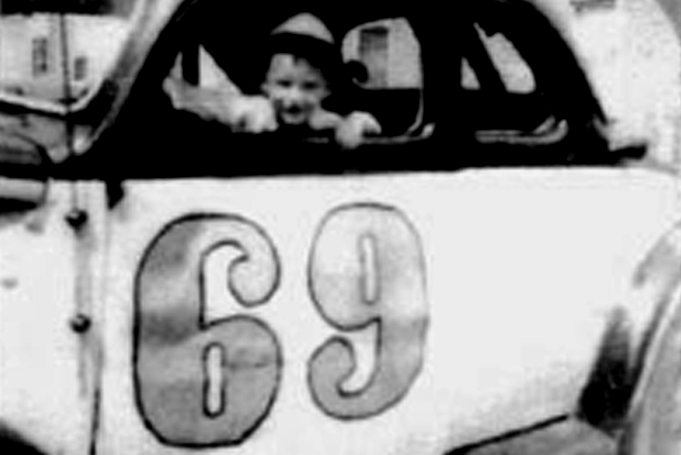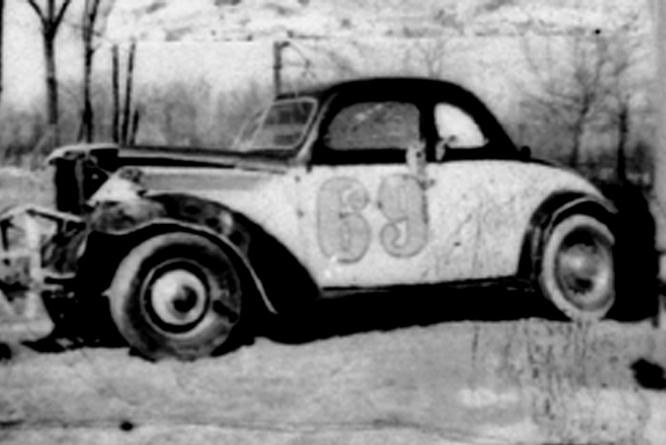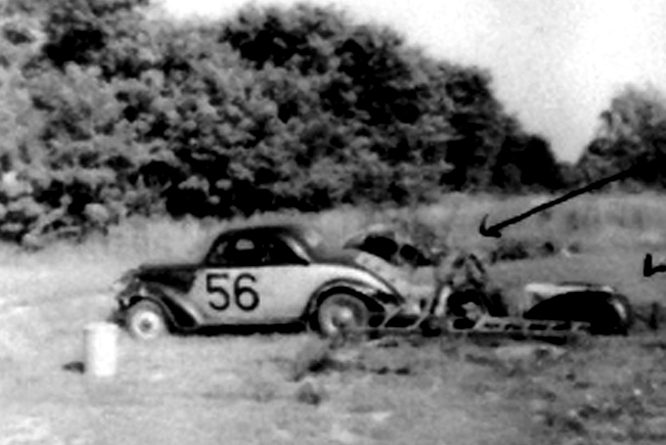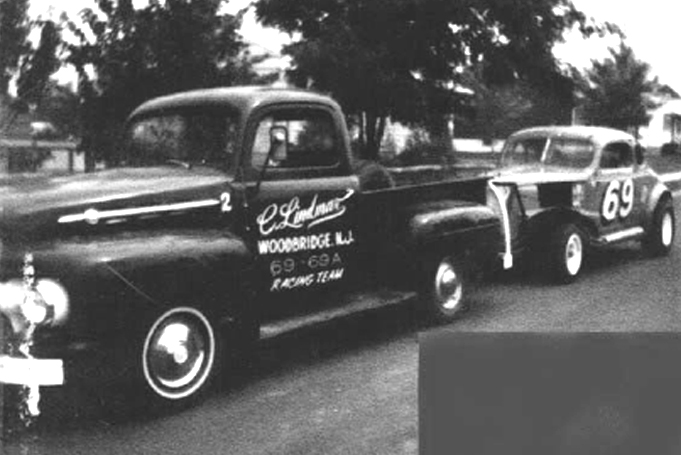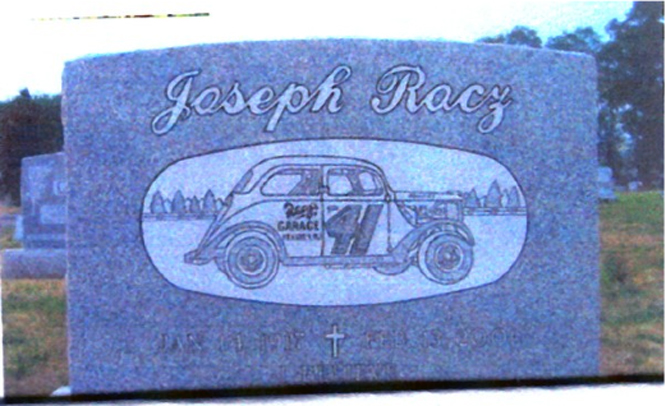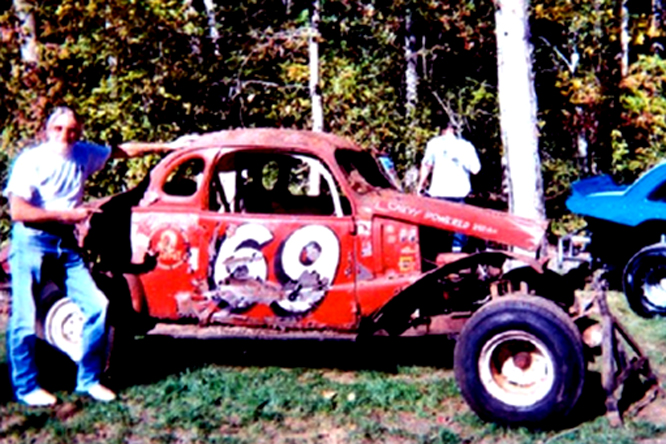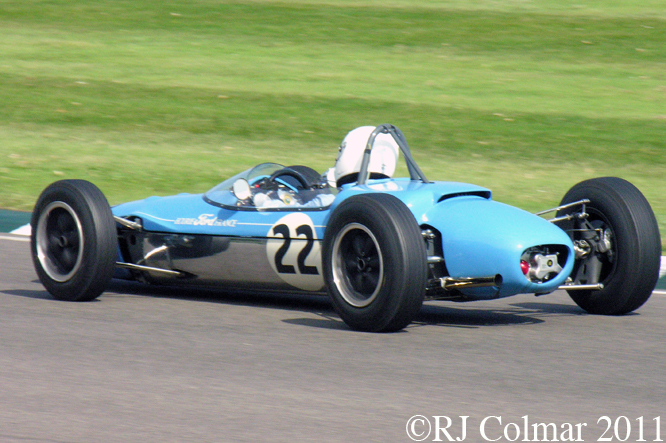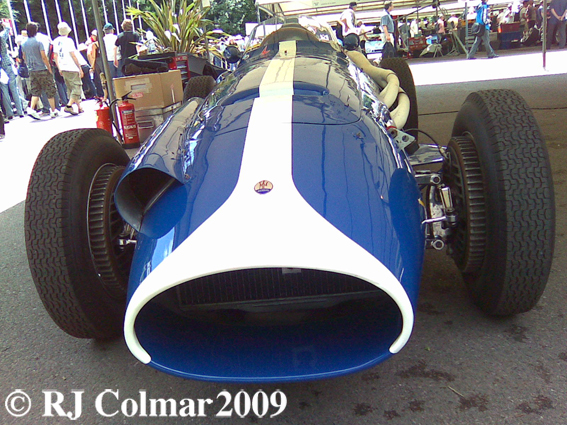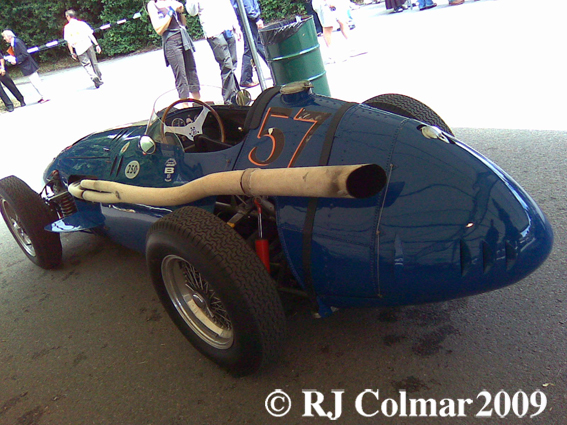In 2003 the Grand American Road Racing Association replaced it’s sports racing class with a new Daytona Prototype class with the intention of reducing costs and keeping cars competitive for longer by keeping a tight grip on permitted technological development.
As we shall see today’s featured Riley Mk XI chassis #018 is a testament to the success of Grand Am’s Daytona Prototype vision, even though to my eye’s these cars have always looked a tad quirky due to their mandated dimensions.
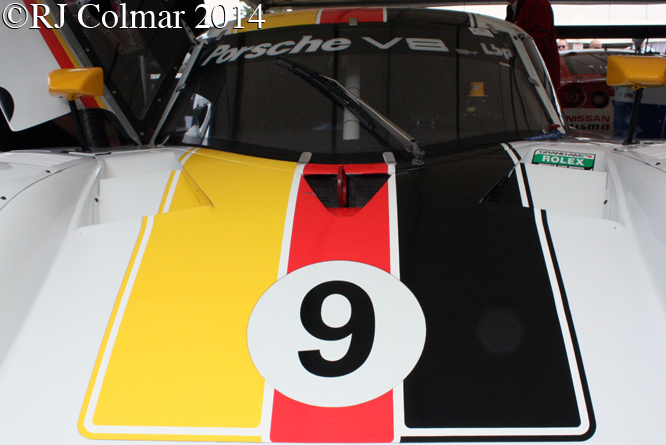
Chassis #018 was built with 5 litre / 302 cui Pontiac V8 motor for Pacific Coast Motorsports in 2005 and first raced by Ryan Dalziel and Alex Figge at Autódromo Hermanos Rodríguez, Mexico City where they finished 5th in the 250 mile race in November.
At Daytona in February 2006 Ryan and Alex were joined by Jon Fogarty and David Empringham for the 24 Hour race, they qualified 14th but retired the Playboy sponsored chassis #018 with an overheating motor.
Alex and Ryan continued racing #018 for the rest of the 2006 season scoring a best 2nd place finish in the 250 mile race at Phoenix, the car then appears to have gone into temporary retirement as was not seen again until 2010 when the new Action Express Racing team took it to the 2010 Daytona 24 Hours.
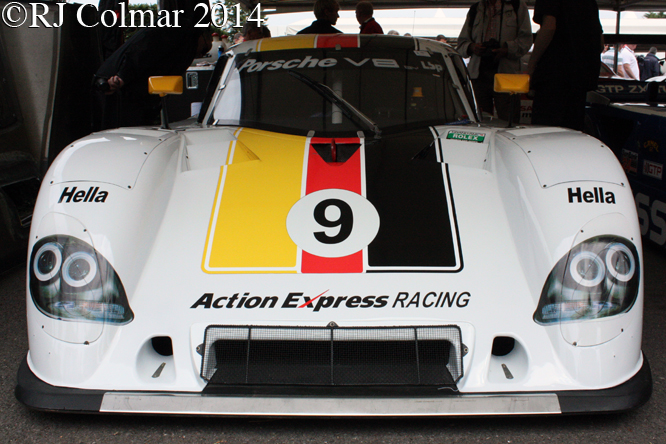
In 2009 the Brumos team won the Daytona 24 hours with a similar Riley Mk XI powered by a 4 litre / 244 cui flat 6 developement of the Porsche 911 motor.
For 2010 new kids on the block (NKOTB) Action Express Racing, owned by former Brunos associate Bob Johnson, had replaced the Pontiac V8 motor fitted to #018 with a 5 litre / 302 cui Porsche V8 developed from the SUV Porsche Cayenne by Lozano Brothers Porting in Texas.
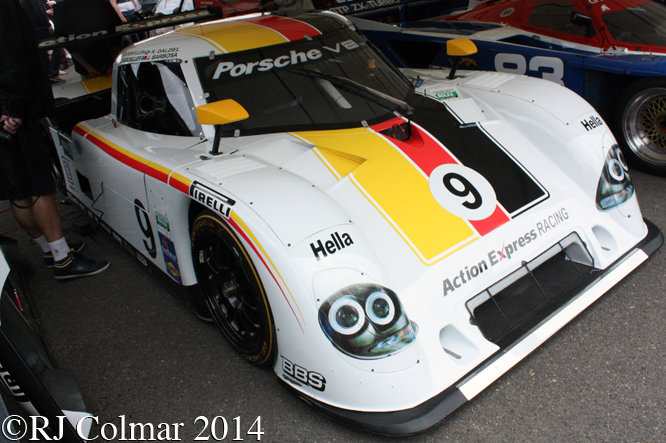
The Action Express Racing international team of drivers João Barbosa from Portugal, Mike Rockenfeller from Germany, Terry Borcheller from the USA was and Britain’s Ryan Dalziel who had raced this same car in 2005/6 qualified 8th for the 2010 Daytona 24 hour race.
The debutant team then went on to win the race from the BMW powered Riley XI driven by Max Papis, Scott Pruett, Memo Rojas and Justin Wilson entered by Chip Ganassi Racing with Felix Sabates, the team that had dominated this event from 2006 to 2008.
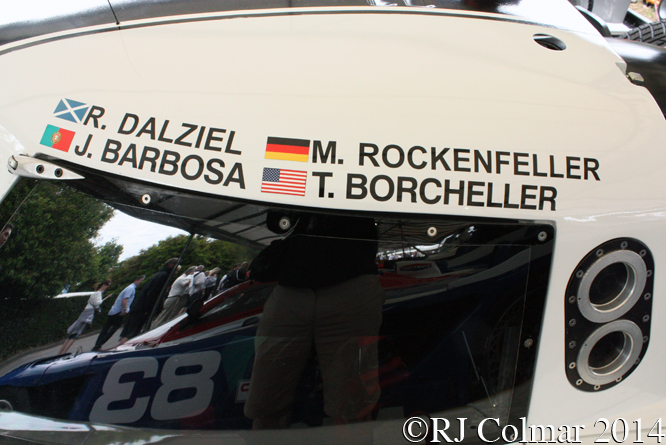
João and Terry continued to race #018, for the remainder of the 2010 season scoring a best 4th place finish at Lime Rock.
For the 2011 Daytona 24 Hours João and Terry were joined by J.C. France, Max Papis and Christian Fittipaldi, together they qualified #018 12th and came through to finish 3rd.
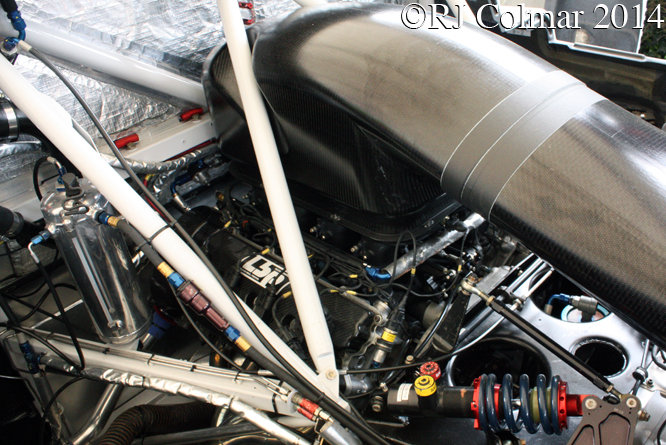
#018 scored a second victory and final victory, in the Bosch Engineering 250 at Virginia International Raceway in May 2011 with J.C., João and Terry sharing the driving.
#018 was retired after the EMCO Gears Classic presented by Key Bank 2011 at Mid Ohio in September 2011 where J.C., João and Terry qualified 10th and finished 4th.
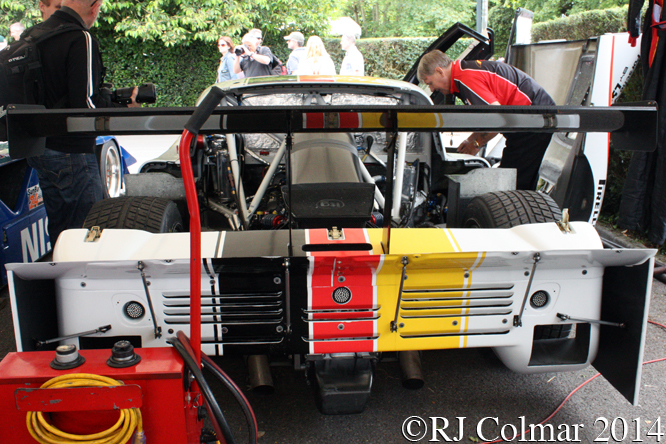
Stock Porsche items used by the Lozano Brothers Porting developed 530 hp V8 include the engine block; cylinder heads, timing chain, hydraulic lifters, head bolts and gaskets.
The work on the SUV Porsche Cayenne V8 by Lozano Brothers Porting in Texas was not sanctioned by the Porsche factory and Porsche has never claimed victory for the 2010 Daytona 24 Hours.
Thanks for joining me on this “SUV Powered Prototype” edition of “Gettin’ a li’l psycho on tyres” I hope you will join me again for Ferrari Friday tomorrow. Don’t forget to come back now !


